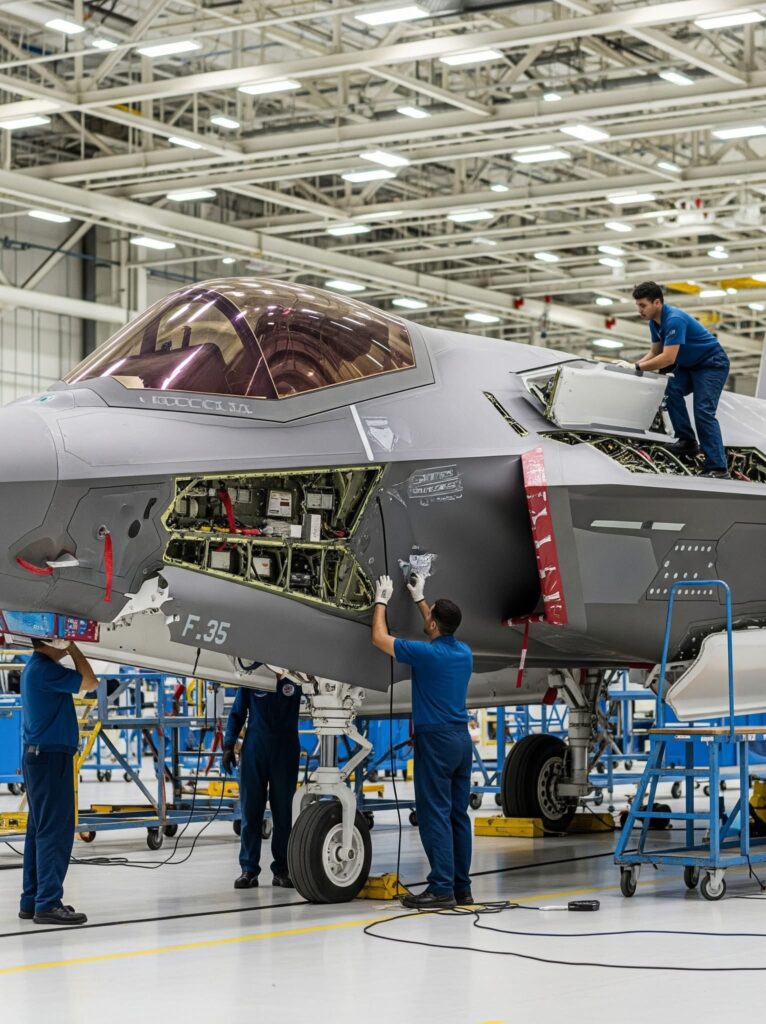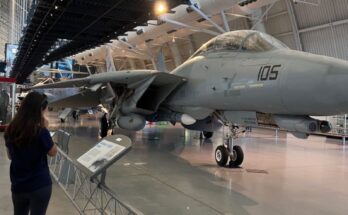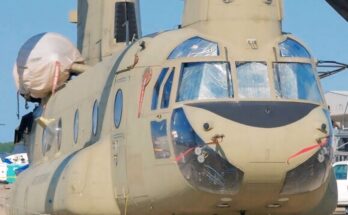
The F-35 Lightning II represents one of the most advanced and complex military aircraft ever produced. Its development reflects not only a leap in stealth and combat capability but also a revolution in how modern fighter jets are designed, manufactured, and assembled. The assembly process of the F-35 is a story of international cooperation, precision engineering, and cutting-edge technology that underscores the aircraft’s significance in 21st-century air power.
Assembly of the F-35 begins with a highly sophisticated supply chain involving multiple nations. Unlike previous generations of fighter jets, which were largely designed and built in one country, the Lightning II is a product of global partnership. Key components are produced by suppliers across the United States, the United Kingdom, Italy, the Netherlands, Australia, and other partner nations. For example, the center fuselage is manufactured by Northrop Grumman in Palmdale, California, while BAE Systems in the United Kingdom produces the aft fuselage. Final assembly lines are located in Fort Worth, Texas, Cameri, Italy, and Nagoya, Japan, allowing the program to support both U.S. and international customers efficiently.
The assembly line itself is a departure from traditional fighter production methods. Lockheed Martin has implemented a “moving assembly line” concept, inspired by commercial aircraft manufacturing. Instead of stationary aircraft being assembled in one location, the F-35 progresses through various stages on a track, allowing different teams to perform specialized tasks as the jet moves forward. This process increases efficiency, improves quality control, and reduces overall production time.
A critical part of the assembly process involves the integration of stealth technologies. Unlike older fighters, where radar-absorbing coatings were added after assembly, the F-35’s stealth features are built directly into its structure. This requires exact alignment of body panels, precise application of specialized materials, and seamless integration of internal weapon bays. The design reduces radar cross-section and ensures the aircraft can maintain its low observable characteristics throughout its operational life with less maintenance than earlier stealth aircraft.
Another defining aspect of the assembly is the incorporation of advanced avionics and software systems. The F-35’s sensor fusion, electronic warfare suite, and distributed aperture system demand careful installation and calibration. During assembly, miles of wiring, complex sensors, and advanced processors are integrated to create a “flying computer” capable of sharing data with other assets across the battlefield. This integration ensures the pilot has unparalleled situational awareness.
Quality assurance is woven throughout the assembly process. Every step involves rigorous inspections, from structural integrity checks to avionics testing. The aircraft undergoes multiple evaluations before leaving the production line, including fuel system tests, hydraulic checks, and software validation. Once assembly is complete, each F-35 proceeds to flight testing to verify performance before delivery to military units.
The progress made in F-35 Lightning II assembly reflects more than technological achievement—it demonstrates a shift toward global defense collaboration and efficiency in aircraft production. By combining precision engineering, advanced materials, and international industrial contributions, the F-35 program has set a new standard in fighter jet manufacturing. The result is an aircraft designed not only for combat superiority but also for long-term sustainability in a rapidly evolving security environment.


